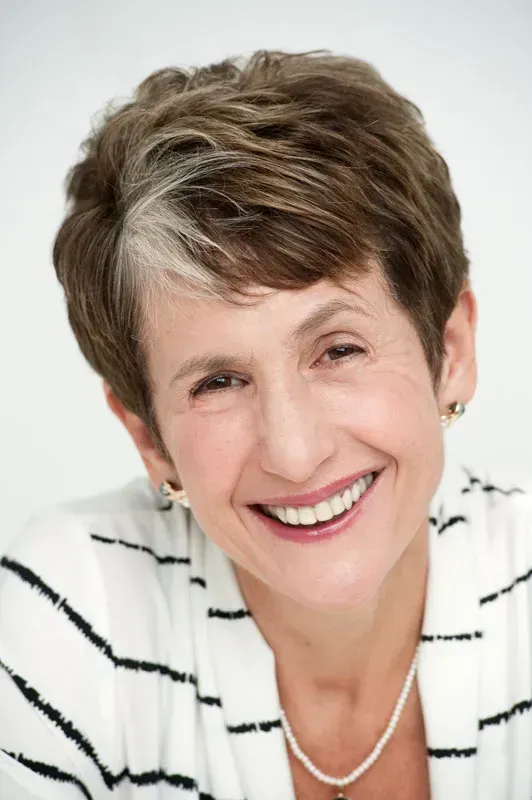
You might have heard of the term Gray Divorces which was invented to describe the phenomenon where older couples (quite literally derived from the silver-haired) decide to divorce after years of marriage. The recent splitting of Bill & Melinda Gates that sent shockwaves has reignited the discussion on separation after years of marriage. Bill Gates is 65 years and Melinda is 56 years old, while they married for more than 36 years.
While the tabloids are full of anecdotal and empirical analyses of why gray divorces occur and their ramifications, we objectively try to understand the factors of separation from the perspective of social scientists.

Gray Divorces
The last two decades from 1990-2010 saw an uptrend of Gray Divorces. The rate of Gray divorce almost doubled in the two decades. Few had lost the spark and connection over time while many had realized the marriage is simply not working out but they are merely stuck around. By 2010, every fourth divorce was happening in those ages above 50 years.
Social scientists have tried to understand the growing prevalence of divorce in later life and contributed to several reasons. A broader cultural shift is affecting all generations and even older adults are more accepting of divorce with a heightened emphasis on individual fulfillment and satisfaction. Increasing life expectancy is also causing older adults reluctant to stay in non-fulfilling marriages. Marriages have been seen to change their course and evolve with different stages of life which may not resonate with one's needs in midlife and beyond.
Increasing life expectancy and acceptance of divorce as a broader cultural shift were found to be key factors leading to increasing Gray Separations
In short, after years of staying together, individuals more often than not find themselves growing apart.
Precursors of Midlife Divorces
The uniqueness of midlife forces us to have a different conversation vis-a-vis the separation in the younger generation. Couples confront challenging life events such as Empty Nest, Retirement, Caregiving, Declining Health, etc. The individual personalities get augmented while tackling these situations and couples find themselves as different individuals. Social scientists call these triggering events turning points that cause midlifers to reassess their marriage.
For example, Unpaid Family Caregiving is one of the most emotionally challenging stages of life which unequivocally finds women's participation much more than men in the family. We have covered this in our other article.
Turning points such as Empty Nest, Declining Health, Retirement and Cargiving have been shown to cause strife in marriages in several studies
But the other school of thought begs to differ. In a recent study, gerontologists argue that traditional factors that are associated with divorce among younger adults were also similarly important for older adults. Marital quality seems to be an important factor similar to younger adults. The unhappy connection has a direct correlation to the separation. Additionally, a shorter span of marriage that could be in the case of remarriages also leads to more tendency of divorce. These can be attributed to non-shared children but more investigation is still needed into these.

Can turning points be triggering the depreciating marital quality? Or are they independent of the connection is debatable. But what is evident is that gray divorces are getting more common and acceptable in society and it is the next important socio-cultural discussion of our times.
Finding Love in Later Life
While Gray Divorces are up, so are new relationships beyond the limitation of age. Many would throw their hands up and agree that love can happen at any age. As separation rates are shooting up, people are opening up to possibilities of remarriages or gray marriages. This is finding a partner and marrying post-50.
UK Premiere Boris Johnson hitches for the Third Time
More people agree that the negative aspects of divorce cause severe financial stress and loneliness. But most divorcees agree with the more positive impact on overall well-being. They see more opportunities for freedom, and liberation and are open to the possibilities of newer relationships. An overall trend of gray remarriages gives them confidence.
Although keeping in mind that love is love and judgments must be kept at bay, people are thus, living longer while understanding reality, and therefore don’t want to stick with loveless marriages or empty relationships.

Feedbacks: Leave your comments below








